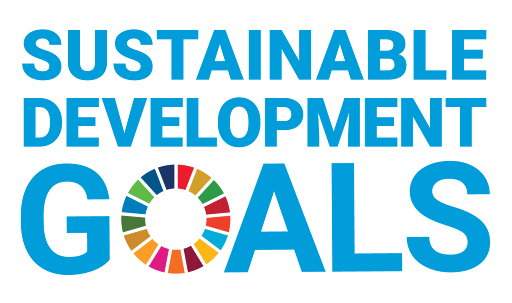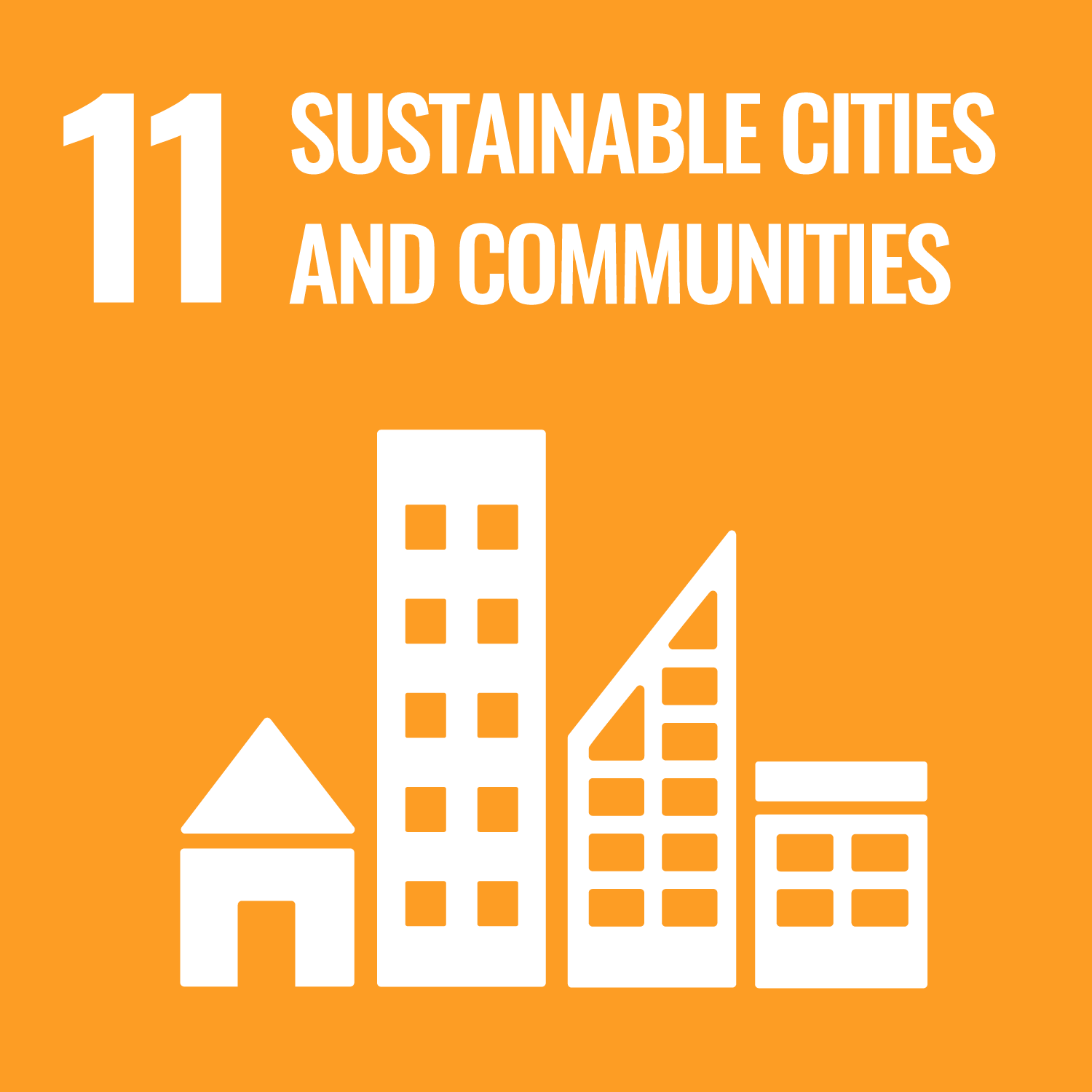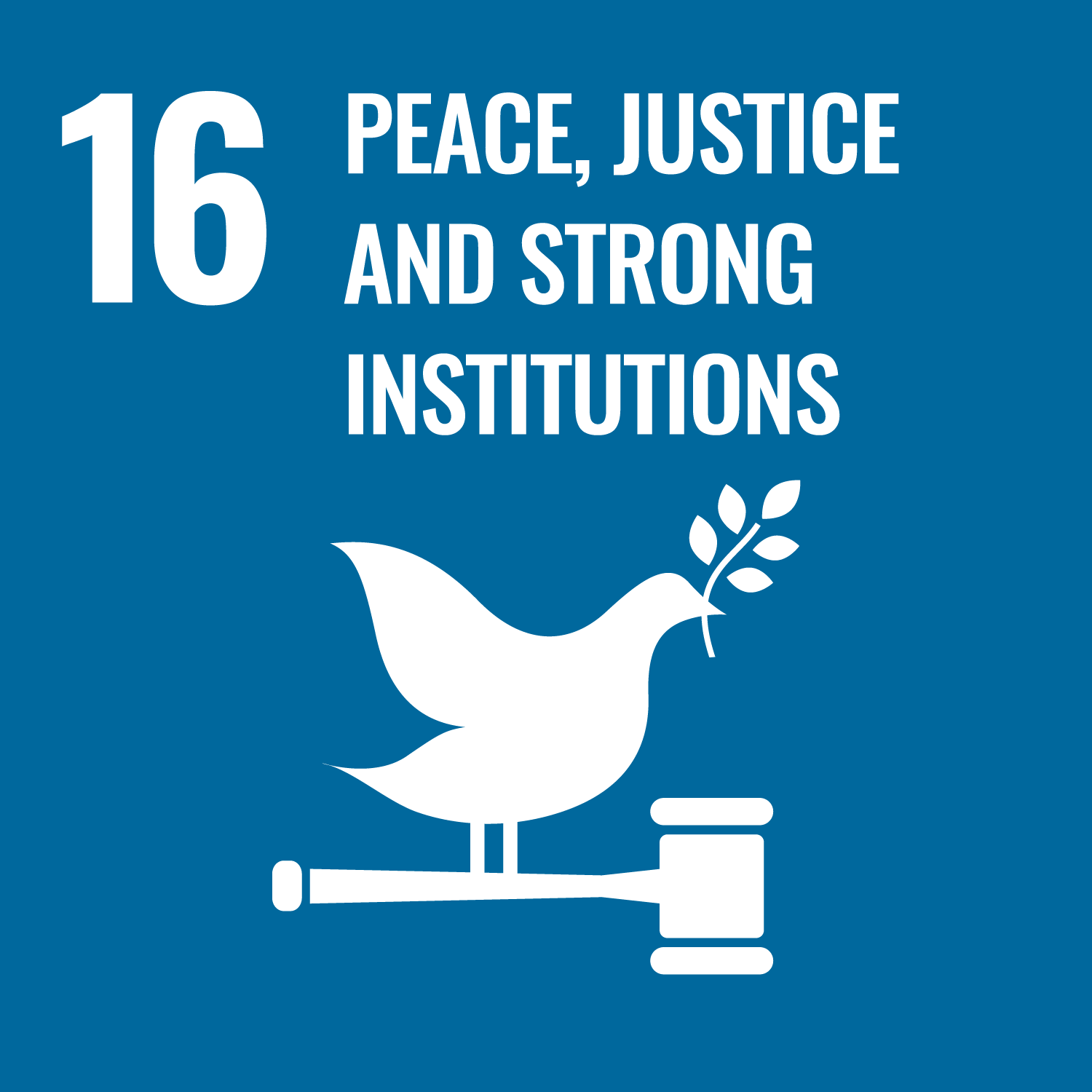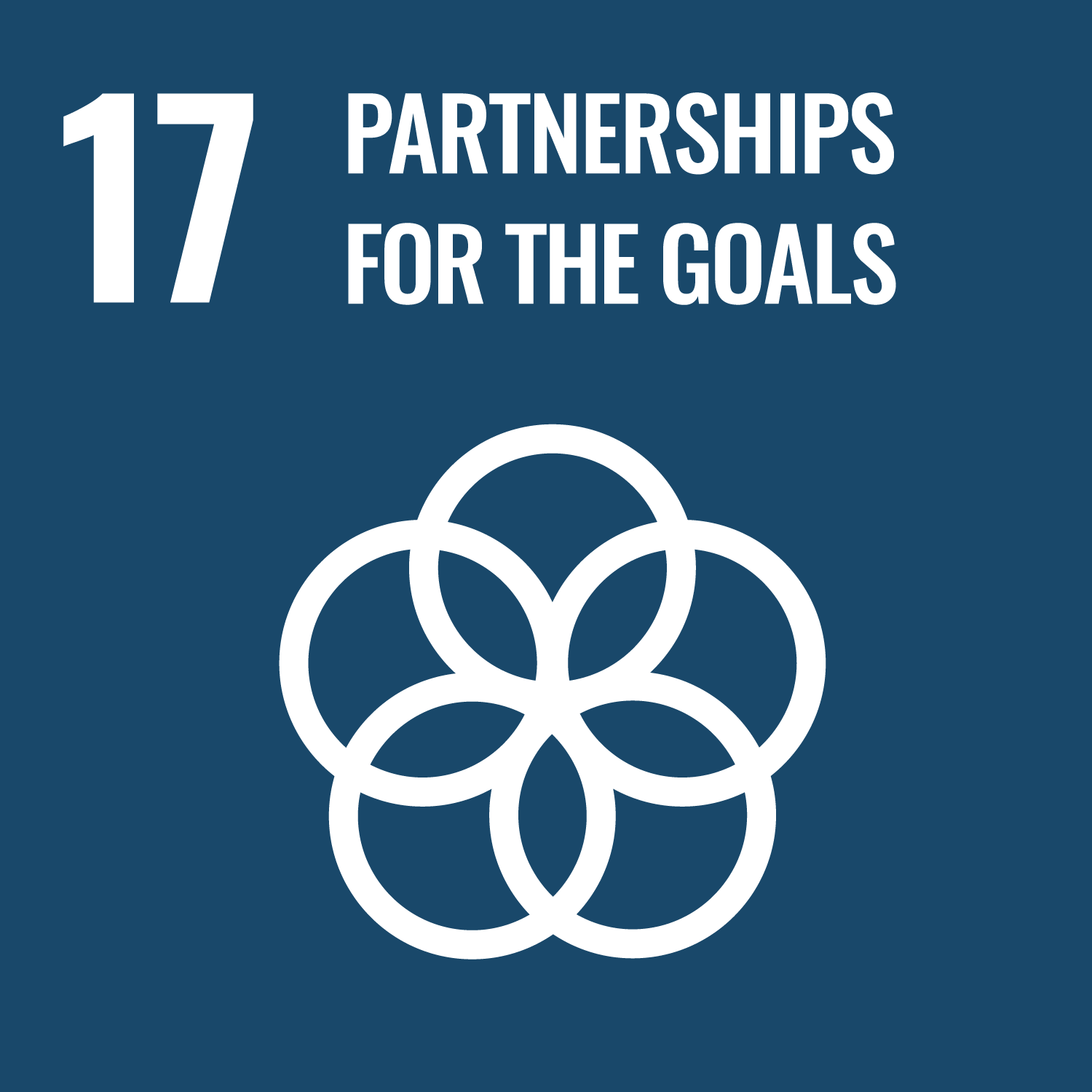

The Sustainable Development Goals (SDGs) provide a shared blueprint for peace and prosperity for people and the planet, now and into the future. Adopted by all United Nations Member States, these 17 goals are a call to action to end poverty, protect the planet, and ensure well-being for all. GRIT (Games for Resilience and Interactive Transformation) directly supports eight of these goals by empowering crisis-affected, displaced, and at-risk communities to heal, rebuild, and thrive.
Whether responding to war in Gaza and Ukraine, wildfire-impacted towns in California, or climate resilience efforts in New York, GRIT uses culturally grounded, trauma-informed, play-based methods to restore emotional well-being, re-engage learning, foster inclusion, and strengthen community resilience. These interventions help ensure that recovery is not only possible—but sustainable.
SDG 3: Good Health and Well-being
Addressing Invisible Wounds: GRIT provides urgent, trauma-informed mental health support using evidence-based, culturally sensitive approaches. Through structured roleplay and narrative therapy, participants of all ages are guided by trained facilitators and mental health professionals to process grief, stress, and trauma in a safe environment.
Promoting Emotional Regulation: By integrating therapeutic play into community support systems, GRIT reduces long-term psychological harm, promotes emotional regulation, and enhances psychosocial well-being. Early intervention helps prevent chronic mental health conditions like PTSD, depression, and anxiety, which often arise in post-crisis contexts.
Best Practices in Trauma-Informed Care: Each therapeutic LARP session is designed in collaboration with mental health practitioners to ensure emotional scaffolding, safety protocols, and structured debriefing, aligning with global best practices in trauma-informed care.
SDG 4: Quality Education
Restoring Readiness to Learn: For children and youth, trauma can disrupt concentration, memory, and the ability to learn. GRIT helps restore cognitive readiness by giving participants the emotional tools they need to re-engage in education.
Alternative Pathways Through Play: The program uses experiential learning and live-action roleplay to develop emotional literacy, empathy, and problem-solving skills—core components of educational success, especially in disrupted or informal learning environments.
Training Local Educators: GRIT builds educator capacity by training local staff to adapt and deliver trauma-informed programming. These facilitators integrate healing-centered approaches into schools, shelters, and learning hubs, expanding education access to vulnerable youth.
SDG 8: Decent Work and Economic Growth
Building Employable Skills: Through its game-based modules and design challenges, GRIT fosters collaboration, communication, leadership, and creative problem-solving—skills essential for today’s workforce.
Training Local Facilitators: By training community members to lead LARP and design sessions, GRIT creates employment pathways, particularly in regions with high youth unemployment or limited job opportunities.
Empowering Youth and Adults: GRIT supports social entrepreneurship by encouraging self-expression, ownership, and future-oriented thinking. These tools enhance long-term employability and help cultivate new, locally relevant economic roles.
SDG 9: Industry, Innovation, and Infrastructure
Unlocking Cognitive Capacity: Healing trauma reclaims emotional and cognitive bandwidth. GRIT creates the mental space for innovation, critical thinking, and visionary leadership—especially in crisis-affected communities.
Fostering Creative Problem Solving: Participants explore local challenges through scenario-based games and design workshops, gaining hands-on experience in solution-building that supports entrepreneurship and innovation.
Strengthening Social Infrastructure: GRIT’s scalable model embeds healing practices in institutions such as schools and NGOs, contributing to resilient infrastructure capable of evolving with the community’s needs.
SDG 10: Reduced Inequalities
Centering the Most Vulnerable: GRIT prioritizes displaced populations, refugees, and marginalized communities by providing low-barrier access to mental health support, creativity, and leadership development.
Local Adaptation and Access: Its modular, non-digital format allows it to be adapted across languages, cultural contexts, and literacy levels. This inclusivity ensures participation even in under-resourced areas.
Restoring Agency and Belonging: By positioning participants as decision-makers and heroes in their own narratives, GRIT helps restore agency and challenges the passive roles often assigned to crisis-affected populations.
SDG 11: Sustainable Cities and Communities
Rebuilding Social Fabric: GRIT helps restore trust and cooperation by engaging community members in storytelling and co-creation. These activities rebuild the interpersonal bonds needed for safe, inclusive neighborhoods.
Providing Stabilizing Routines: Especially in shelters, refugee camps, and post-disaster towns, GRIT offers structured, predictable, healing-centered experiences that reduce stress and support positive coping.
Fostering Local Ownership: Training local facilitators ensures program continuity and embeds recovery tools in community systems, supporting longer-term resilience and reducing displacement pressures.
SDG 16: Peace, Justice, and Strong Institutions
Healing as Prevention: GRIT addresses the emotional and psychological drivers of conflict by helping participants process trauma, build empathy, and explore peaceful alternatives through role-based experiences.
Promoting Nonviolent Conflict Resolution: The program teaches de-escalation, perspective-taking, and inclusive decision-making in safe, fictional settings, which translate into real-life social behaviors.
Institutional Capacity Building: GRIT strengthens local institutions—schools, youth programs, and NGOs—by integrating healing-based frameworks and training staff in trauma-informed approaches.
SDG 17: Partnerships for the Goals
Cross-Sector Collaboration: GRIT is a collaborative effort uniting game designers, educators, mental health professionals, and cultural consultants from over 17 countries across five continents.
Commitment to Evidence-Based Practice: Research partnerships help evaluate GRIT’s effectiveness and scalability, ensuring it can be adapted and expanded through multi-sectoral alliances.









